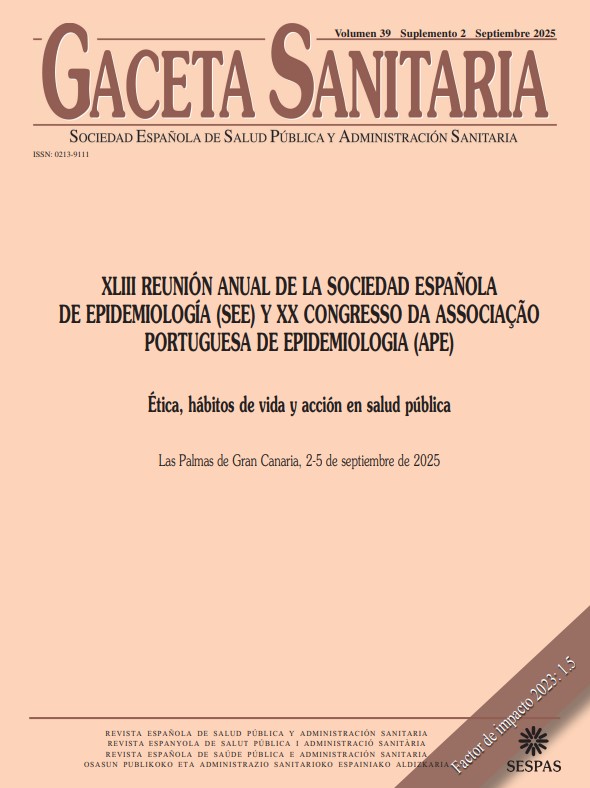467 - RELATIONSHIPS BETWEEN (POLY)PHENOL INTAKES AND DEMENTIA RISK IN THE EPIC-SPAIN DEMENTIA COHORT
Unit of Nutrition and Cancer, Catalan Institute of Oncology (ICO), Bellvitge Biomedical Research Institute (IDIBELL); Department of Epidemiology, Murcia Regional Health Council, Biomedical Research Institute of Murcia; Centro de Investigación Biomédica en Red de Epidemiología y Salud Pública (CIBERESP); Escuela Andaluza de Salud Pública (EASP); Instituto de Investigación Biosanitaria ibs.GRANADA; Navarra Public Health Institute; Navarra Institute for Health Research (IdiSNA); Ministry of Health of the Basque Government, Sub Directorate for Public Health and Addictions of Gipuzkoa; BioGipuzkoa Health Research Institute, Epidemiology of Chronic and Communicable Diseases Group.
Background/Objectives: (Poly)phenols have been associated with both a better cognitive performance and a lower risk of cognitive decline. However, the epidemiological evidence with dementia risk is still limited. In this study, we aimed to investigate the association between the intakes of total, classes and subclasses of (poly)phenols and the dementia risk, and by subtype, in a large Spanish cohort.
Methods: The European Prospective Investigation into Cancer and Nutrition (EPIC)-Spain Dementia study is a subcohort of the EPIC-Spain study including 32,560 adult men and women from four Spanish centers, enrolled in the nineties. (Poly)phenol intake was assessed by combining a validated dietary history questionnaire and the Phenol-Explorer database. Incident dementia cases, including Alzheimer’s disease (AD) and non-AD, were identified by linkage with health databases and validated by a group of neurologists. Multivariable-adjusted Cox proportional hazards models were used to estimate hazard ratios (HR) and 95% confidence intervals (CI).
Results: A total of 1,320 incident dementia cases, of which 913 were AD, were diagnosed after a mean follow-up of 21.5 years. A borderline non-significant inverse association between total (poly)phenols and dementia risk (HRQ4vsQ1: 0.85; 95%CI 0.70-1.04; p-trend = 0.09) was observed. Among the (poly)phenol classes and subclasses, a high intake of anthocyanins was inversely associated with a lower risk of dementia (HRQ4vsQ1: 0.78; 95%CI 0.64-0.94; p-trend = 0.004), AD (HRQ4vsQ1: 0.81; 95%CI 0.65-1.01; p-trend = 0.039), and non-AD (HRQ4vsQ1: 0.71; 95%CI 0.51-0.99; p-trend = 0.038).
Conclusions/Recommendations: Our results support that a diet rich in (poly)phenols, especially in anthocyanins (present in berries, red plums, red wine...), is associated with a lower risk of dementia, particularly in non-AD subtypes.
Funding: This study has been funded by the project CNS2023-145176 by the Spanish Ministry of Science, Innovation and Universities (MICIN), co-funded by European Regional Development Fund, ERDF, a way to build Europe.















